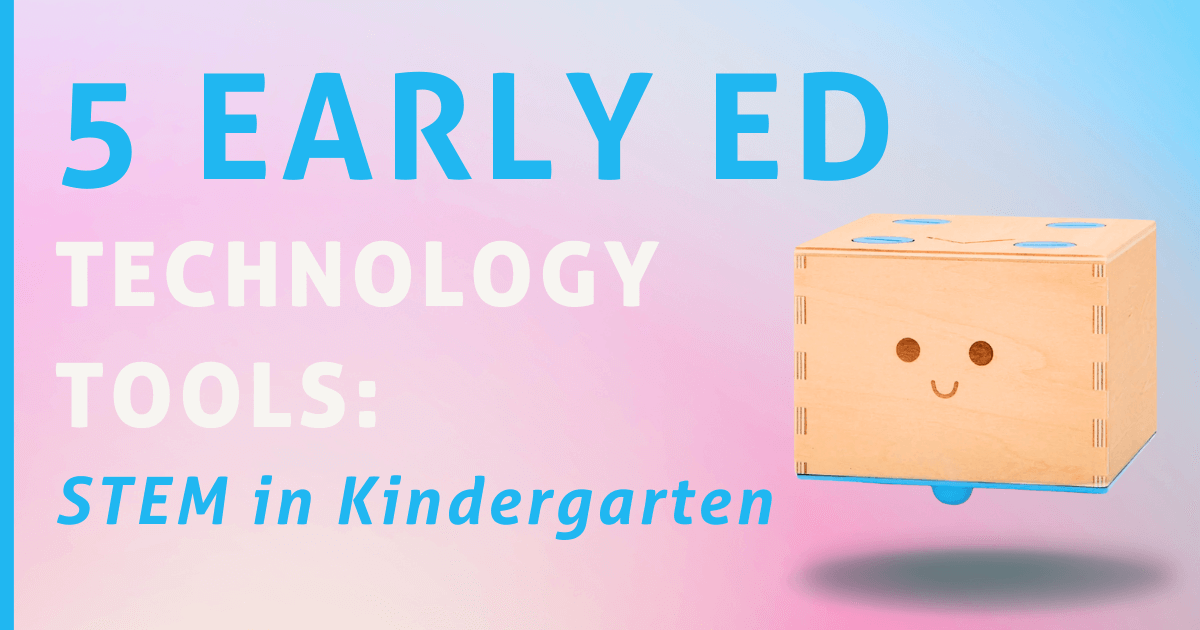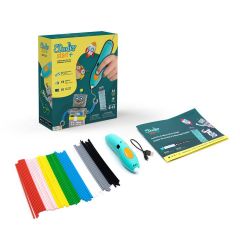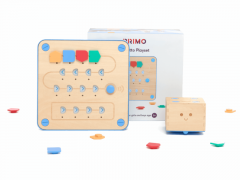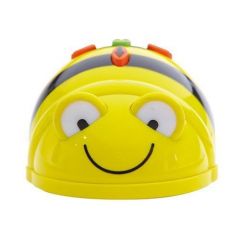Technology shouldn't be reserved for older students. Sure, kindergarteners might not be programming in Python immediately, but using EdTech in early education is incredibly valuable to their overall skill development. In fact, tech tools can give them a head start in hand-eye coordination, problem-solving, and other essential 21st-century skills. And not every piece of technology requires a screen. If you're worried about giving young kids too much screen time, we have suggestions for EdTech that keeps them in the real world while still providing unbeatable learning outcomes. Whether by engaging children more successfully or introducing new STEM experiences, the right technology has a place in early education.
Coding in Kindergarten: The Bee-Bot Programmable Robot
Let's start with one of the most well-known and reliable early education STEM tools—the Bee-Bot Robot. Created by the Terrapin team, this tactile, bee-shaped robot provides young kids with an age-appropriate avenue for exploring screen-free coding in the classroom. It features on-board buttons students can use to create their programs, telling their robots to move forward, right, or left through a specific course or an open area. There are also plenty of Bee-Bot accessories, including the Bee-Bot Card Mats for structured navigating, CVC cards teachers can place on the mat to help reinforce vocab words in early learning, online lessons, and the Terrapin Robot Sensor. Finally, with the Bee-Bot Emulator, more experienced students can add a digital element and code online.
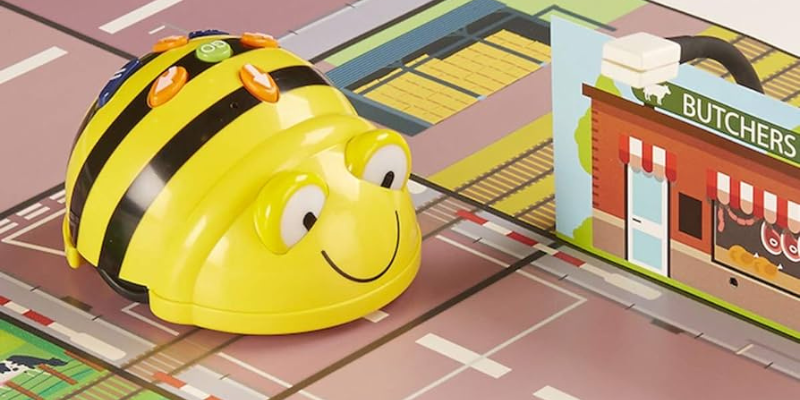
Using the Cubetto Even Before Kindergarten
Next is the Cubetto Robot—a staple of early STEM education. It's a multi-part system with three elements: the robot itself, its control board, and several directional tiles. It's intended for kids as young as three years old, with a sweet spot in Pre-K and kindergarten. Although kids don't need to know how to code (or even how to read) to use Cubetto, they will quickly start developing logic, pattern recognition, and cause-and-effect skills—the building blocks for becoming a competent programmer. To use Cubetto, place the directional tiles in the slots on the control board. The robot will then run the program and move left, right, or straight. The best feature, however, is the function section of the control board. When students place function blocks into programs, their robot can perform loops or act based on variables. This gives young kids a great introduction to new elements of coding.
3Doodler Start 3D Printing Pen
Although 3Doodler makes plenty of pens for older users, the 3Doodler Start is purposefully designed for early education. Its bulky frame makes it easy for younger students to hold. Plus, it features a large, centrally-located button for starting and stopping 3D prints with ease. Children can use the 3Doodler Start as early as kindergarten, but this pen is a viable STEAM solution for any elementary grade. Besides practicing 3D printing and design, students can also build critical motor skills and see how simplistic technologies drive invention. Best of all, when it comes to the 3Doodler Start, there's no external parts to pose a choking hazard, and it comes with a 10-project activity guide to help students get started.
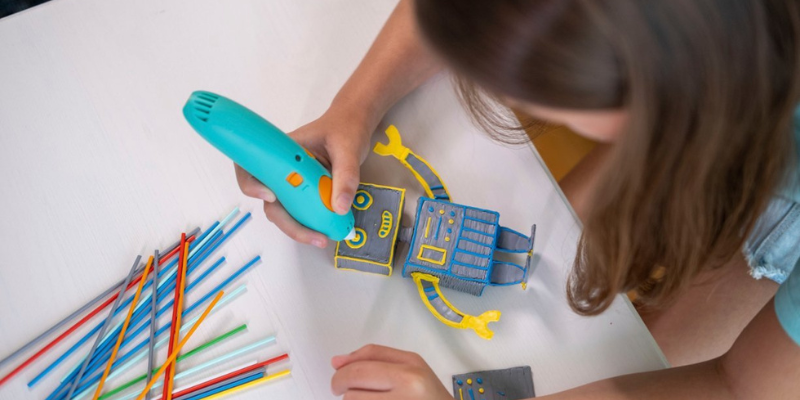
The Squishy Circuits Kits
Yes, Squishy Circuits are exactly what they sound like! Squishy Circuits kits come with conductive dough, which kids can use to construct simple models through which electricity can travel. The kits also feature other components, like LED lights and fans, that students can power with the portable battery. Since the dough is conductive, young students can try making various devices and see how electricity travels through circuits and powers their projects. These kits are fantastic at engaging young students in creative play and STEAM learning. Plus, all the up-close interactivity helps make Squishy Circuits a great MakerEd tool for use in the early grades.
The Marbotic Kits
The Marbotic kits can help Pre-K and kindergarten students learn letters, numbers, counting, and spelling. The kits come with physical, stamp-like blocks of the digits 0–9, the letters A–Z, or both. With these tactile tiles and a tablet, kids can take part in educational games for preschoolers or kindergarten. As they play, they'll boost familiarity with the most important symbols they'll need to recognize—letters and numbers. They must complete challenges that involve sequences, solving math problems, and answering questions by stamping the correct character on the tablet screen.
In addition to these items, students in the early grades can also benefit from using tech tools like the Dash Robot and the KEVA blocks. To learn more about these tools or purchase them with educational discount pricing, be sure you visit our store! And, for more information about all the best technology products to use in the classroom, like us on Facebook and follow us on Twitter and Instagram!



